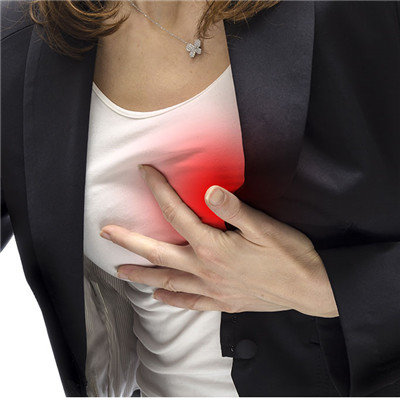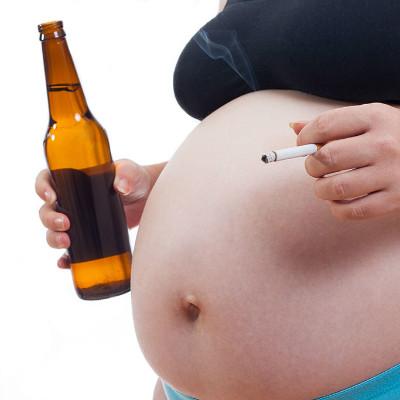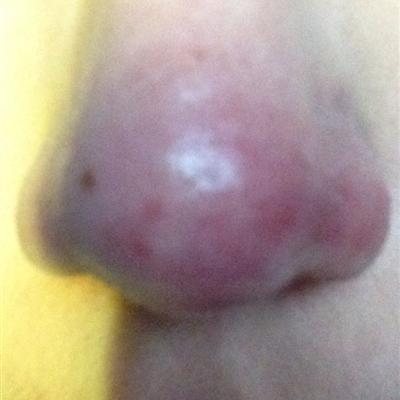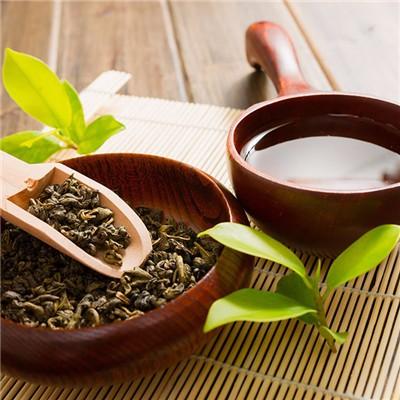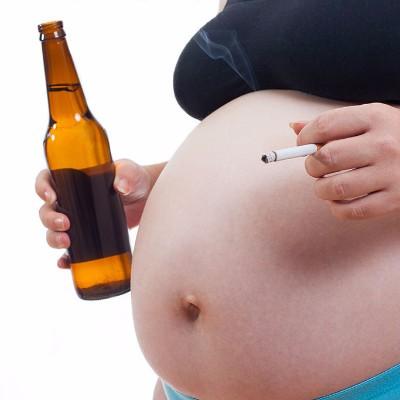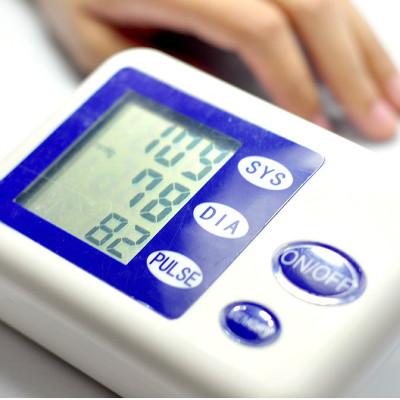What are the inspection items of renal tubular disease?
summary
Renal tubular diseases refer to a group of renal diseases characterized by renal tubular dysfunction. The main clinical manifestations were renal diabetes, amino acid urine or low molecular weight proteinuria, electrolyte disorder and acidosis, with or without abnormal glomerular filtration function. Treatment mainly includes primary disease treatment and symptomatic treatment. Now let's talk about the inspection items of renal tubular disease?
What are the inspection items of renal tubular disease?
1. Renal tubular acidification function test: ammonium chloride test, urine titration acid and urine ammonium determination, urine anion gap determination, etc. Renal tubular reabsorption function defects: urine CO2, urine potassium, non ionic water clearance rate, ammonium chloride loading test, HCO3 reabsorption test, urine amino acid nitrogen, urine sodium, xylose determination, urine dilution test, etc.
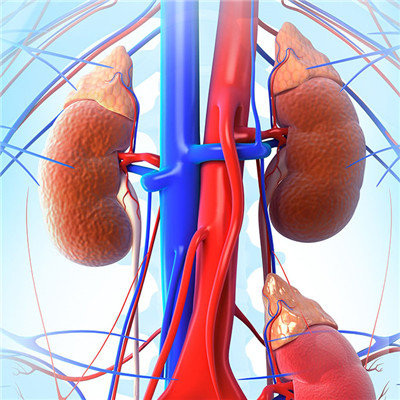
2. Impaired renal concentrating function: 24-hour mosenthal test (urine specific density test) is often used: fasting after 8 p.m. on the day before the test, eating normally on the day of the test, each meal contains about 500ml of water, and no longer drink any liquid. Urination should be discarded at 8 a.m., and urine should be left at 10 a.m., 12 a.m., 2 p.m., 4 p.m., 6 p.m., 8 p.m. (daytime urine) and 8 a.m. (night urine) respectively. The urine volume and specific density were measured accurately. The urine volume was more than 2500ml in 24 hours; There was no significant difference in urine volume between day and night, and the urine volume increased at night, often more than 750 mL (early manifestation); The difference of urine specific gravity was less than 0.009, even 0.001-0.002 in severe cases, which was often fixed at about 1.010, indicating the loss of concentration function of distal nephron. It can be seen in the late stage of chronic glomerulonephritis and chronic pyelonephritis, and in the decompensated stage of hypertensive nephropathy.

3. Blood examination: check the contents of potassium, sodium, calcium and magnesium in blood to help understand renal tubular reabsorption function. ECG examination: hypokalemia patients with ST segment down, T wave inversion, U wave. X-ray bone examination: obvious osteoporosis and softening, especially in lower limbs and pelvis. Some showed fracture. Radionuclide bone scan showed that radionuclide absorption was sparse and uneven.

matters needing attention
Limit spices and irritating food, such as fennel, pepper and other food metabolites containing purine, excreted by the kidney, can increase the burden of the kidney, so should not eat more; Animal liver, kidney and other viscera contain more nuclear protein, and their metabolites contain more purine and uric acid, so they should also eat less. In acute glomerulonephritis, the urine is slightly acidic, and the pH value of the urine can be adjusted by the acidity and alkalinity of the food. The supply of alkaline food can make the urine nearly neutral, which is conducive to the treatment. In oliguria, fruits and vegetables with more potassium should be limited to prevent the occurrence of hyperkalemia. Acidic food refers to the generation of acidic substances after metabolism in the body, mainly grain, beans and meat food rich in protein, It is composed of fruits and milk.


